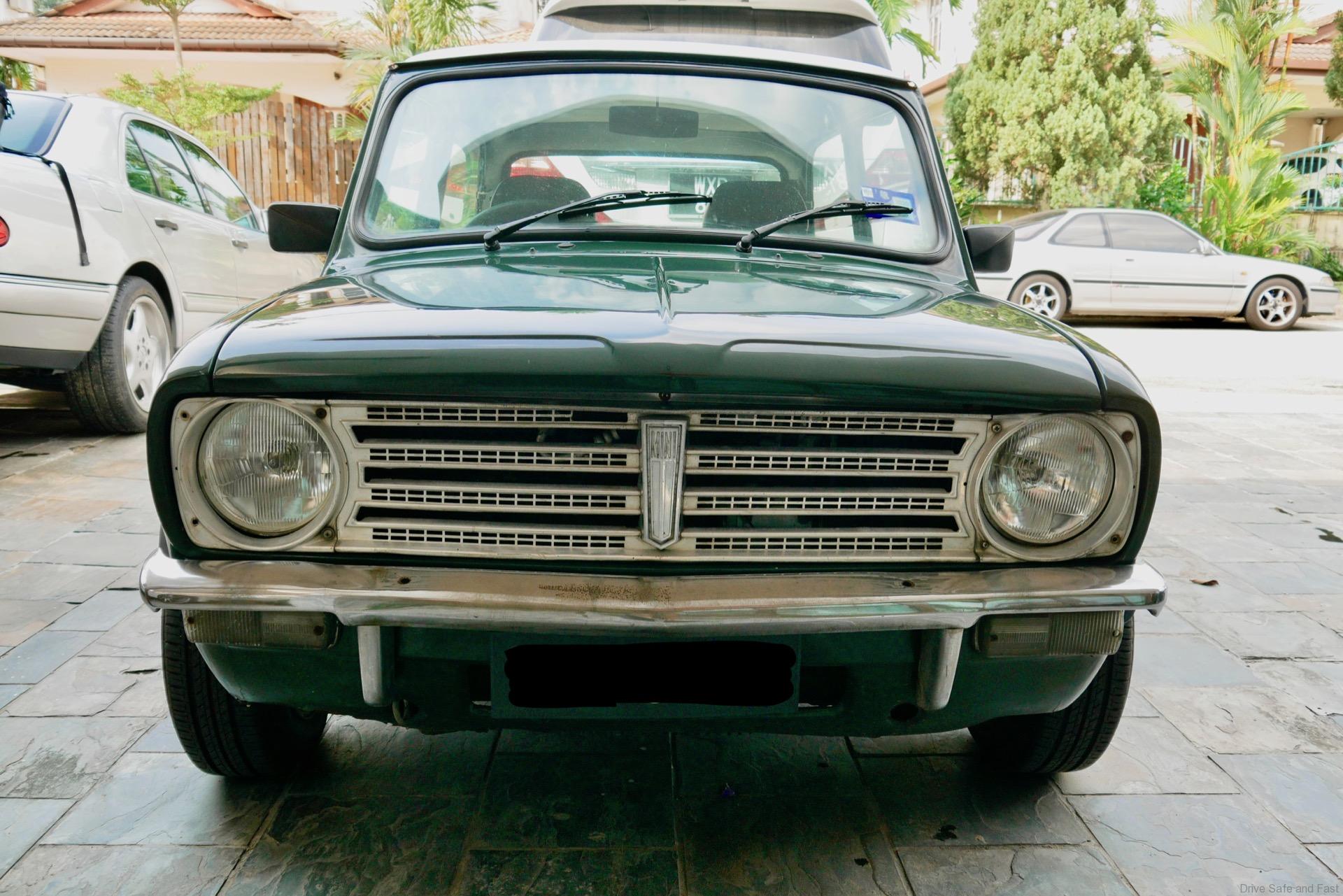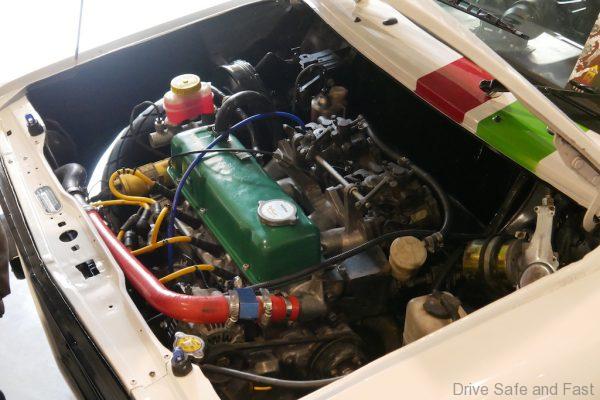Some cars get old and rust away uncelebrated. Others get old and are kept from rusting away by enthusiasts. What separates these two types of cars? Well, driving the original MINI and speaking to an owner of one can help shed a light on this topic. So here’s what we learnt from our short drive of a still functioning, apparently late-model Austin MINI Clubman.
But first…
A Word About the Car
This car was brought back to functional condition by its new owners. Its mechanical components are healthy, air conditioning blows cold and can be driven hard without issue. But it isn’t perfect.
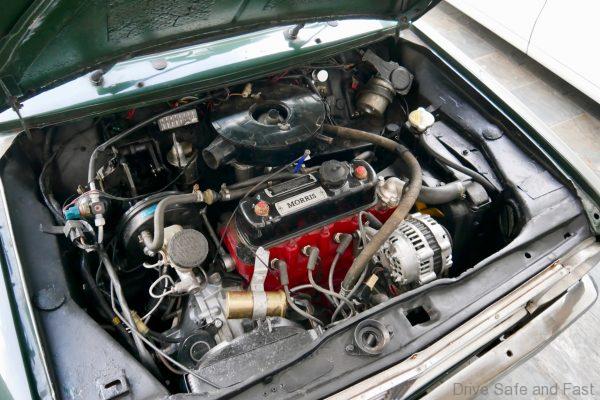
I’m also extremely illiterate when it comes to MINIs and cars of this era, which is why the experience of driving one was extra valuable to me. What I can surmise is that the car is a facelift model from the squarish grille. It also has a 1-litre 4-cylinder. If you have more information that could tell us what exact model this is, please share that below.
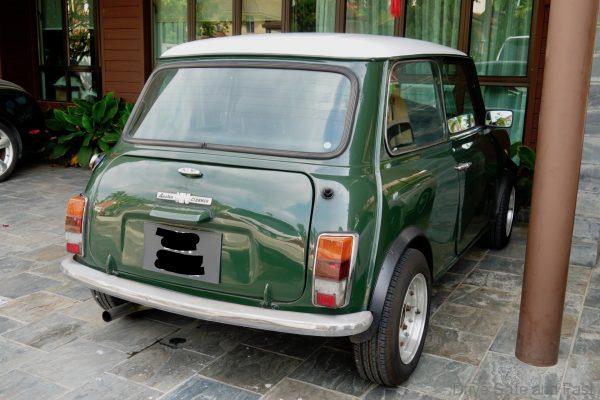
My Short Drive (notes)
- It truly was amazing how involving and fun driving a MINI is, even today
- There’s very little between you and the machine. No safety equipment, no suspension travel, no clutch play, no dampening
- Being mechanically-inclined back must have been a MAJOR advantage
- Compared to cars of today, even budget-friendly models like the Saga and Axia are pampering
- If you want to drive a classic, you’ve got to be willing to accept rust and body problems as part of the car’s identity
- If you want to preserve a classic, you’ve got to be willing to not drive it so much (or throw lots of money at it)
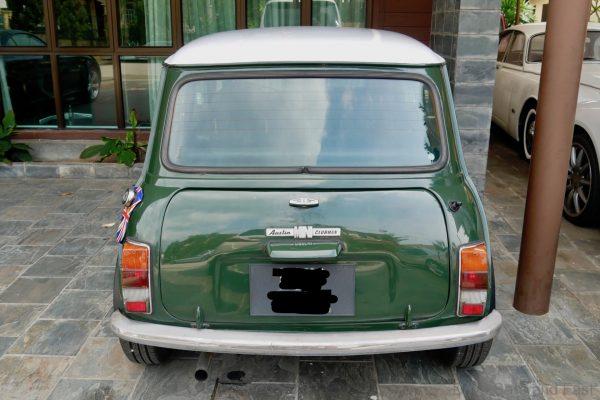
So, Why are Some Cars More Collectable Than Others?
Some of us might get attached to the idea of a certain classic and ask ourselves why it isn’t as popular as a Beetle or a MINI. Truth be told old cars are extremely tough to keep running. Rust wants to destroy these cars. Parts want to fail. Entropy is the natural state of the universe.
Cultural Significance
Cars like the MINI have a significance in history. They represent something culturally important. In this case, one last triumph of British Engineering in a declining empire. There are enough Anglophiles and collectors to celebrate that idea, so the car itself becomes a sort of monument that’s worthy of upkeep and reverence.
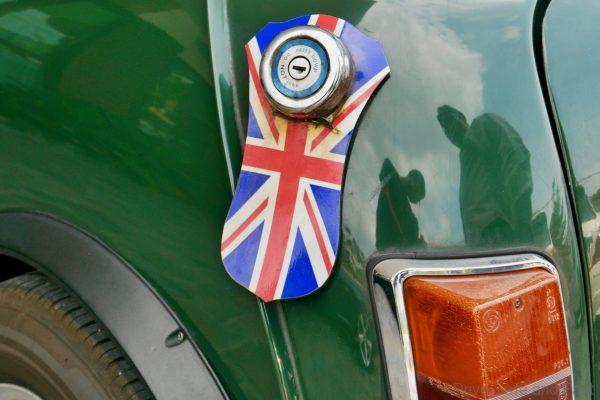
Mechanical Significance
Being a cultural symbol isn’t really enough. You also need enthusiasts in the community to see something in the car that’s worth working on. For cars like the Beetle, the appeal might be in its rear-mounted air-cooled engine. For the MINI, there’s the elegance of how all the components come together in such a compact and impressive performing package. Modern classics like the MX-5 brought rear-wheel drive and reliability into a sweet open-top design. Whatever the case, there must be something about the car that sets it apart from other cars of its time.
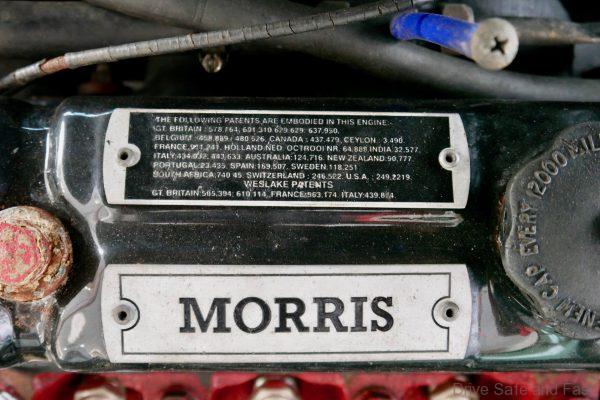
Snowball Effect
Once you have these two conditions, a community of modders and aftermarket equipment manufacturers starts to form around it. You get people willing to spend money on the car and companies willing to produce parts for the car. Both feed each other.
Conclusion
About a year ago, I published my first thoughts on the decline of the automotive industry. I never quite followed it up, but I think this article works as a sequel. As time rolled on, car culture and car manufacturers changed a lot.
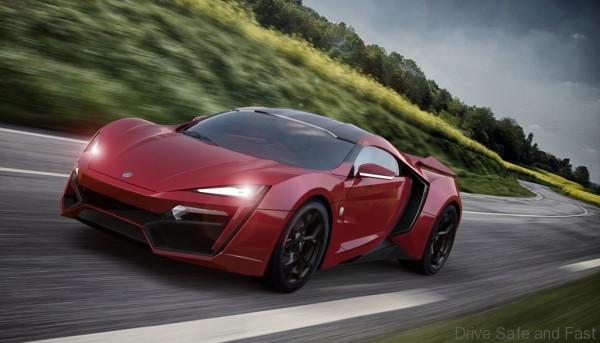
On the one hand, fewer companies need or want to take risks on cars. On the other, fewer consumers are willing to buy cars that pose a risk. The middle class is shrinking in many markets, forcing extremes to emerge. What we have now is an endless stream of ‘kononya-collectable’ hypercars for billionaires and planned-obsolescence for everyone else.
You can try and market a premium car (or a premium pre-owned car) as a collectable in the making, but even the car companies that build these are planning on that car’s replacement by the time they’ve sold you today’s model.

I think spotting a collectable car built today is a futile exercise. Maybe the odd MX-5 or FJ Cruiser might make it through… But the accessible MINI or Beetle level collectable? I think that era is gone for good.
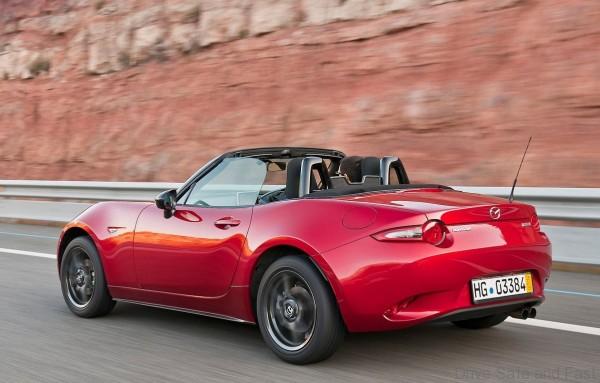
But it’s not all bad news.
Thanks to the internet and a more accepting car culture, obscure models are now celebrated on forum threads and Instagram handles. Finding parts on a non-collectable has gone from an impossibility to an improbability.
And thanks to great engineering from the late 1980s to the 2000s, a lot of older used cars are actually still easy enough to own and use today. These cars may not ever become collectables, but they’re a dose of nostalgia that you can daily. I myself have been driving nothing but 25-year old Hondas, Benzes and Bimmers for a fraction of what a new non-collectable budget car might cost.


